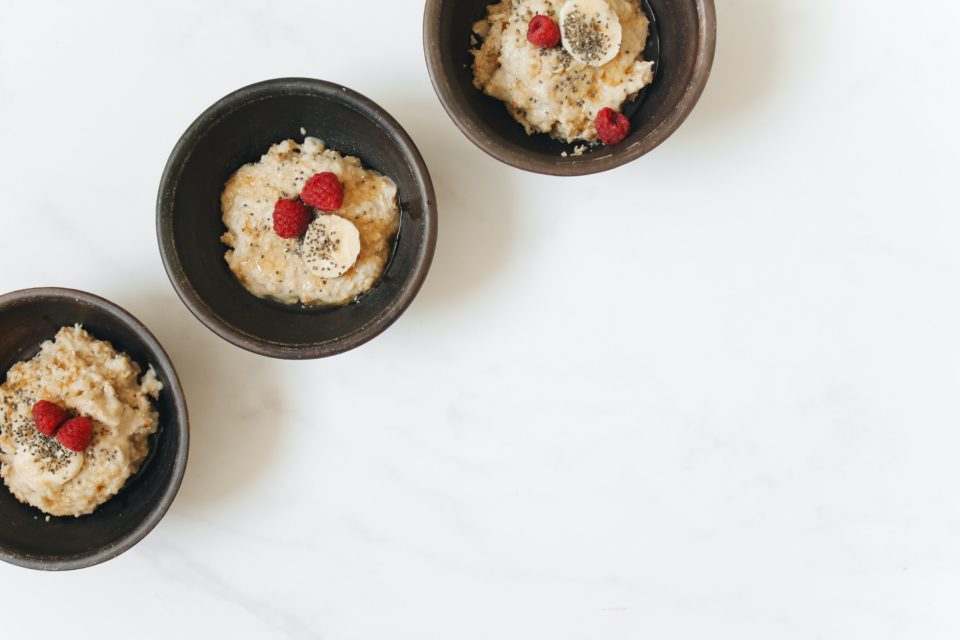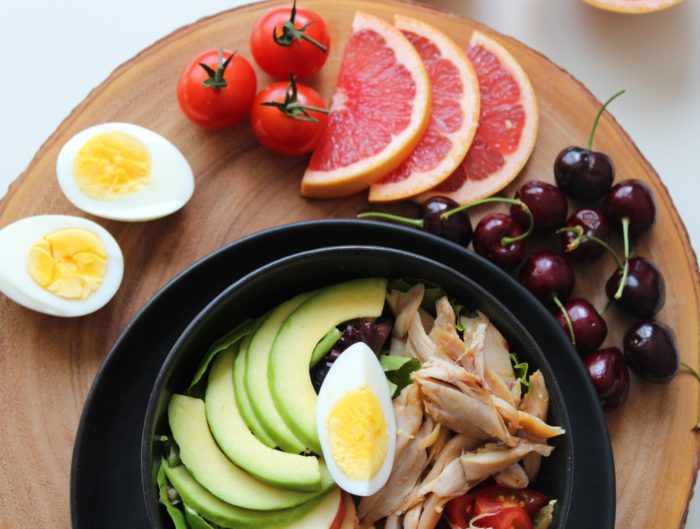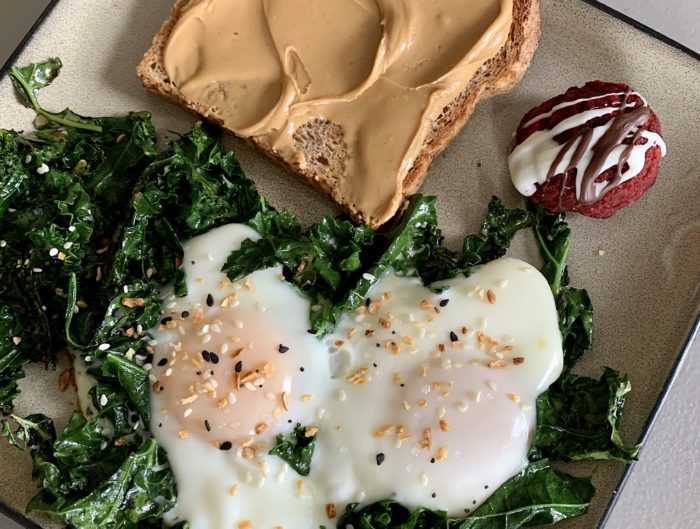You have a lot going on in life right now. Between work, family, and social responsibilities there is a lot to juggle in life as it is. When you get a new diagnosis of Prediabetes, it can feel like you just had ten more things added to your to-do list each day: exercise, eat meals on a schedule, eat more vegetables, cut out pop, etc. If you’re feeling overwhelmed and don’t know where to start, I would recommend going back to a previous blog post with 5 actionable tips after a Prediabetes diagnosis.
If you’re ready to streamline your day and make it easier to make healthy choices throughout the day, this is the blog post for you!
Prep your vegetables in advance
I know meal prep can seem like a daunting task each week, but hear me out. Instead of trying to prep entire meals for the week, just start with getting your vegetables prepped. That way they’re ready to go for meals and snacks and you’re not wasting 5-10 minutes every day just prepping vegetables.
The most common reason I hear from people as to why they don’t eat more vegetables is they’re not as convenient compared to crackers, chips, and other snack foods. That means in order to eat vegetables on a regular basis, you need to make them just as convenient as the less healthy choice. I would be willing to bet if you take 10 minutes, once a week to wash and chop vegetables ahead of time, and keep some tasty dips and dressings on hand, you’ll easily add more vegetables to your diet!
Vegetables are an important part of your diet for anyone, but especially for a diagnosis of Prediabetes. In particular your nonstarchy vegetables such as broccoli, cauliflower, salad greens, carrots, tomatoes, and peppers, that are lower in carbohydrates and primarily fiber. These vegetables have very little impact on your blood sugars, but pack a punch when it comes to fiber and water to help you feel full and satisfied at your meals and snacks.
Exercise at home or in your own neighborhood
Exercise can be a game changer for people looking to reverse their Prediabetes. Regular exercise, meaning no more than two days between exercise sessions, has been shown to cause significant improvements in insulin sensitivity. These benefits are not just during exercise, but up to 72 hours afterwards! So how do you fit in exercise when time is tight? Use whatever time you have in the space closest to you.
Research shows that 10 minutes of exercise, 3 times per day, gives the same benefit to the body as 30 minutes of exercise completed all at once. Therefore, if all you have is 10 minutes to go for a walk, do a HIIT workout, do some pushups and squats, you’ll still reap the benefits!
I also recommend using the space that’s closest to you to exercise, meaning at home or around your neighborhood. While a gym membership can be a great choice for those who want to exercise in a different environment, take a class, or enjoy the variety of equipment, it does take more time out of your schedule to commute to and from the gym.

If time is your most precious resource right now, then going for a walk or jog around your neighborhood, YouTube workout videos, or an exercise streaming service may be a better option for you. Both home-based and gym workouts can offer the cardio, strength, and flexibility training that is important for overall health and improving blood sugars.
What’s most important when it comes to exercise is that you’re enjoying it! It doesn’t matter how often or how long you’re exercising for if you don’t find it fun. Most of us won’t stick with something for very long if it’s not enjoyable. Choose the option that you enjoy and works best for the time you have available.
Plan meals for the week but keep it flexible
Have you noticed yet that having a plan is a common theme on this blog post? I truly believe that having a plan for your meals throughout the week can make a big difference on how healthy your diet is throughout the week. Depending on your schedule for the week and the time you have available to cook, this meal plan for the week can be as strict or as flexible as you need. Meal planning can be as strict as planning every meal and snack for the week ahead. It can also be flexible by simply planning what meals you want to cook for the week and knowing how long the recipes take to prepare. Then when it’s dinner time, you decide from the list you already planned, what sounds good and how much time you have to prepare it.
I personally use this more flexible strategy for meal planning. I like to decide what I want to eat at the moment, but since I already took the time to plan ahead, I know the meals I have listed will be healthy and ready in under 30 minutes (my personal preference for time to prepare a meal). If you’re not sure where to start with healthy meal planning for prediabetes, I offer a 7 day Prediabetes meal plan + grocery list for free to those on my email list! Click here to join.
Meet with your healthcare team virtually
Depending on how many healthcare providers you meet with on a regular schedule, meeting virtually for at least a few appointments per year can save you a lot of time commuting to and from appointments. Since the COVID-19 pandemic, many doctor’s offices and other specialists (like Dietitians!) have decided to continue virtual visits to save patients time and hassle. Depending on how close you live to your provider’s office, this could save you two hours in the day! That’s plenty of extra time to exercise, plan your meals, and prepare some veggies like we’ve been talking about.
Want to meet virtually with a Dietitian to reach your health goals like lose weight and improve your blood sugars? Click here to learn more.
As you can see, having a roadmap for how you’re going to manage your prediabetes is important, but there’s plenty of shortcuts along the way! I hope you feel inspired to take just 10 minutes out of your day to do something enjoyable and healthy for your body.





Leave A Reply